
Shenzhen’s new design museum should give Hong Kong food for thought as it awaits completion of M+ museum of visual culture
Design Society centre in Shekou, architecturally striking and with airy gallery spaces, opens with exhibition by partner the Victoria and Albert Museum, but it’s the debut in-house show that will excite visitors more
Design Society is a new cultural landmark and a symbol of the Chinese city of Shenzhen’s evolution from sweatshop to creative economy. Designed by star Japanese architect Fumihiko Maki, it houses the first overseas outpost of the Victoria and Albert Museum. That is a lot to live up to.
Gleaming white, with 71,000 square metres of floor space, and sitting on the waterfront at Shekou, it is a sight to behold.
Its interior is airy, featuring a three-storey atrium, and flooded with natural light. Floor-to-ceiling glass windows stop visitors in their tracks with a 180-degree view of Deep Bay (also called Shenzhen Bay), with Hong Kong’s northern New Territories in the distance. Its exhibition galleries are high-ceilinged and have very few columns, which allow for dramatic architectural interventions.
There’s a lot more to Hong Kong neighbour Shenzhen than cheap suits and massages
There is a public roof garden with bar and cafe and a dramatic staircase that descends four floors to a waterfront promenade featuring a prominent statue of Yuan Geng, a former executive vice-chairman of China Merchants Group – a Chinese state-owned conglomerate with assets from Hong Kong to Djibouti in the Horn of Africa, and the founder of Design Society – who is venerated in China for turning sleepy Shekou into the nation’s first industrial zone and a laboratory for the Communist Party to experiment with a market economy.
Maki, 89, attended the December 1 opening of the 1.3 billion yuan (US$196 million) building, officially called Sea World Culture and Arts Centre. As Maki told the attending VIPs, the centre is a tribute to the power of design and the power of China, in an age when the United States and Europe are ceding their global influence to the East.
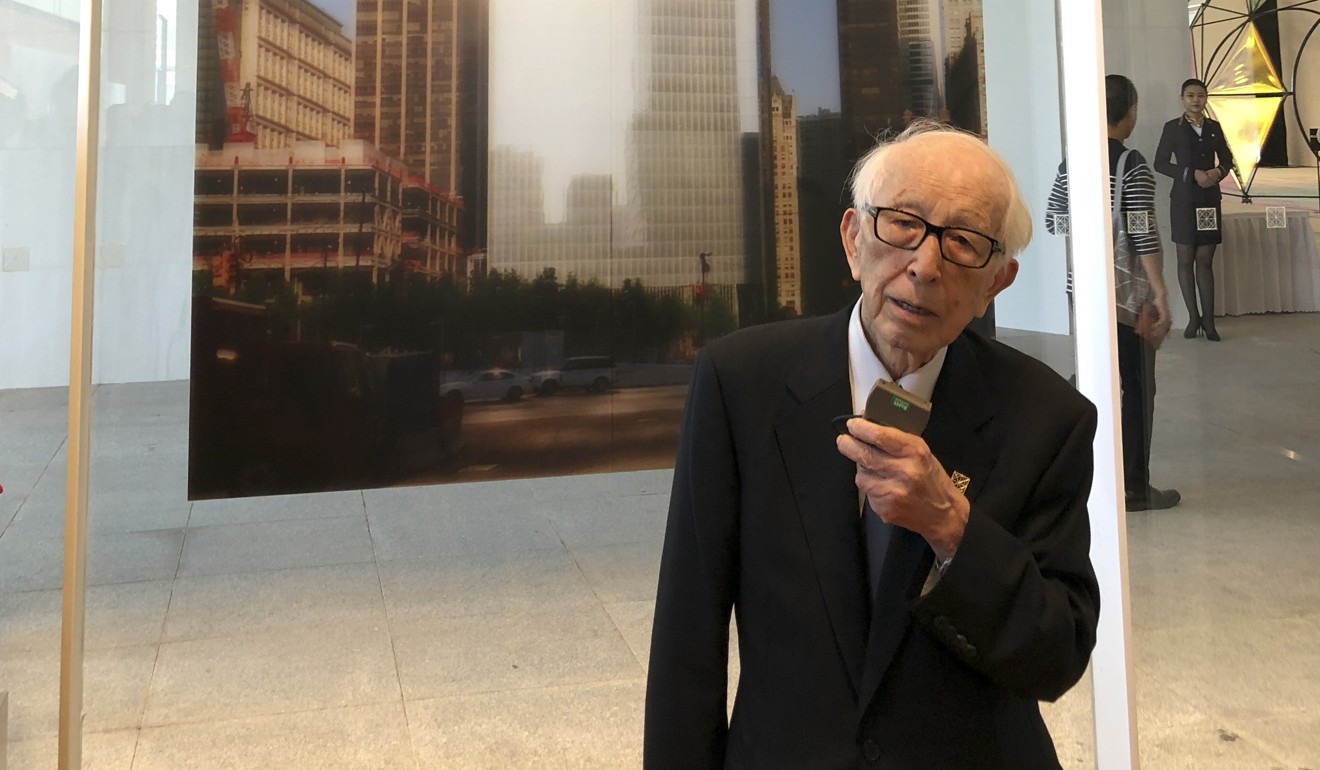
Yuan, who died last year, would have been proud. Shekou’s embrace of free market principles has become China’s way, and this corner of China is at the forefront in the application of patentable knowledge and ideas to move Chinese factories up the global value chain. Apple, IBM and Philips have opened offices in Shekou Net Valley. Chinese tech giants Tencent, DJI and Huawei are all Shenzhen firms.
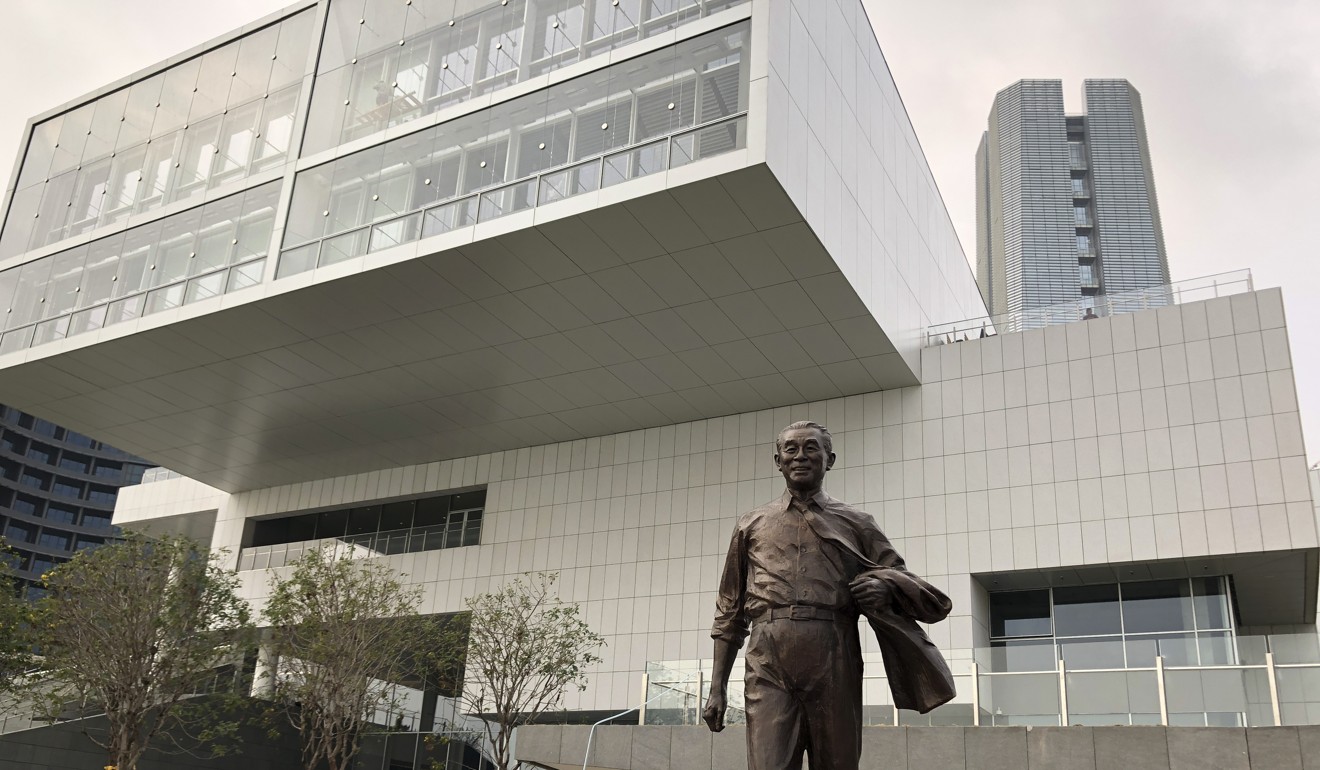
A certain amount of self-congratulatory propaganda is inevitable; the Shekou Museum of Reform and Opening, which occupies one of the centre’s four galleries, will be operated by CMG and opens next year. That’s also when a branch of the Guangfu Museum – a private museum of Chinese antiques owned by the dealer/ collector Ma Weidu – will open, as well as most of the shops and restaurants, an art school and an education centre for the National Ballet of China.
How China’s copycats spur designer Tom Dixon to innovate, and why opportunity knocks in Hong Kong
Its two core components are ready, though: an in-house exhibition curated by a local team led by Design Society director Ole Bouman, and a V&A Gallery, operated by the London institution under a five-year contract that runs until 2019. Together, they promise a programme that will extol the value of design, provoke intelligent debate about design in the digital age, and consider how China may – as it does in many realms – do things differently.
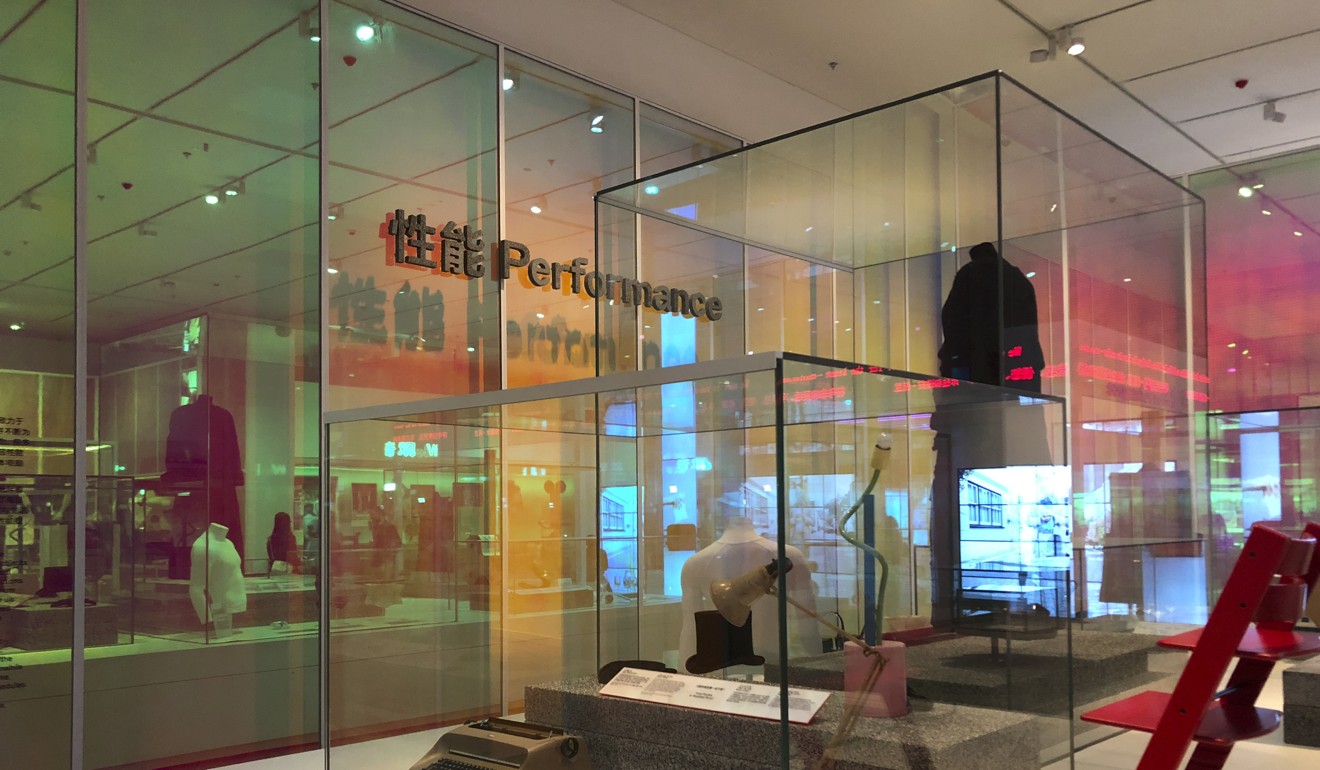
The V&A’s exhibition is very conscious of the parallel between the museum’s founding mission and what China wants to accomplish now, namely, to get manufacturers and the general public to appreciate design in the everyday. Its curators have picked 250 pieces from the museum’s 2.5 million-piece permanent collection, backed by ample research and interesting stories, for a show called Values of Design.
There is a display of Penguin paperbacks and the Isokon Penguin Donkey bookcase; a Barbican Estate ceramic basin from the 1960s (designed for small flats and closely resembling those used today in the Hong Kong City Hall) and, as an example of accessible design, glasses issued by Britain’s National Health Service. There are niches dedicated to materials used in manufacturing: plywood, steel tubular steel, Bakelite, and so on.

This is largely a historical exhibition; don’t go expecting it to have a “wow” factor or to offer a particularly exciting museum experience. There is a wealth of information in the captions and plenty of nostalgic moments (remember Teddy Ruxpin the talking toy bear?), but some visitors will find it as tedious as a World Expo pavilion.
There are two particular disappointments. Numerous pairings of the old and the new don’t quite offer the pithy comment intended. For example, a 19th century Turkish cup with an ancient Egyptian water filter is placed next to a made-in-China e-cigarette in a display about design and health. The result is visually underwhelming and the tenuous connection eccentric at best.

The V&A team under Luisa Mengoni has undertaken research in Shenzhen for the past three years, but there is little to show for it in this exhibition, bar a couple of locally made smartphones and a display about the WeChat mobile phone app.
HONG KONG, LIKE INDIA, NEEDS TO REMEMBER THE TRUTH ABOUT BRITISH COLONIALISM
In comparison, the main gallery’s show, called Minding the Digital, is immersive and fun. Perhaps not having its own collection gives it more flexibility. While the V&A’s exhibits are mostly behind glass, here you have large walk-through installations that make a real impact. For example, both exhibitions have examples of digital templates for plywood furniture. In the V&A show, it is the Edie Stool. In Minding the Digital, it is an entire shop made out of digitally cut plywood and using traditional Chinese design concepts.
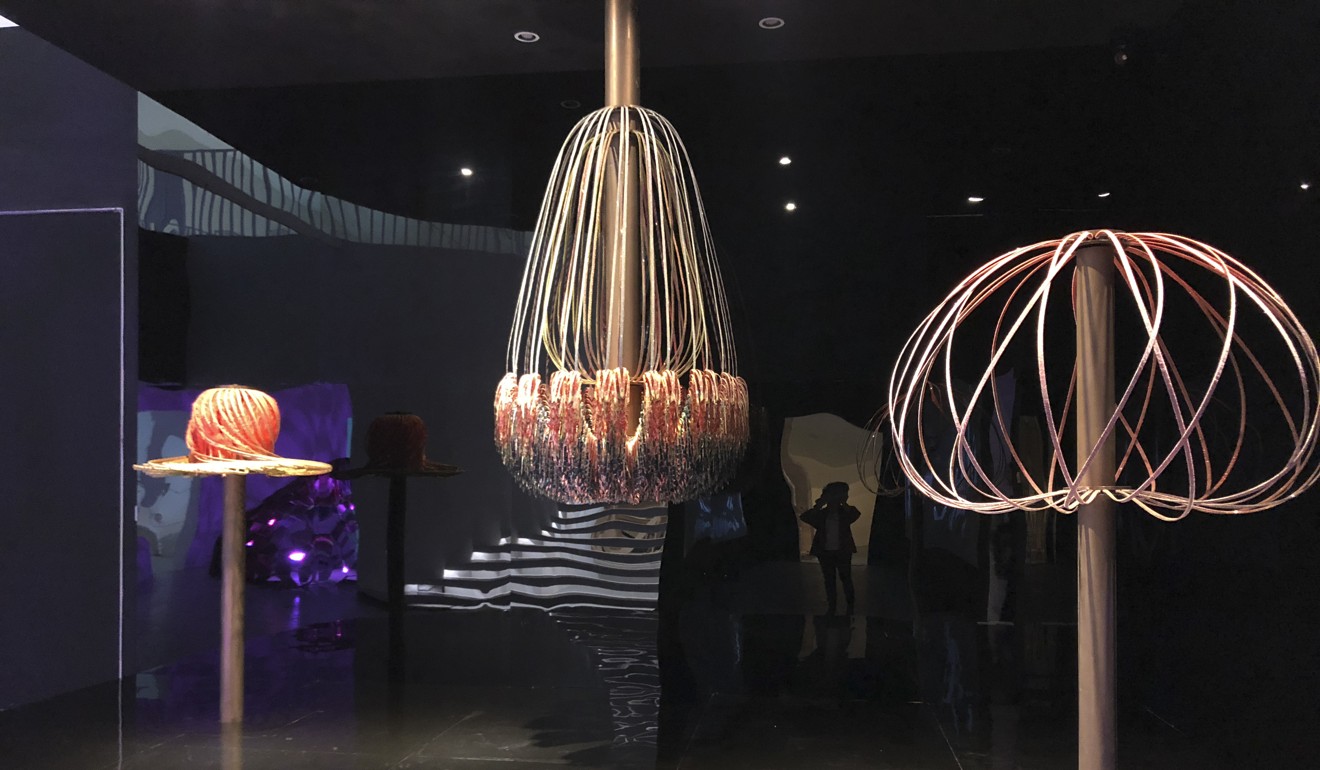
The main gallery also has interactive installations aplenty: Elaine Ng’s Sundew – a kinetic crystal installation that reacts to sounds and movements, first shown at Hong Kong’s Art Central fair last year – and Hong Kong design studio Sky Yutaka’s Borrowed Nature – mechanical “flowers” that move according to the presence of an audience.
To be fair to the V&A, the team’s main contribution in Shenzhen is intangible and long-lasting. Its contract involves the training and mentoring of the local team so Design Society can mount world-class shows on its own.
According to Joseph Strzempka, an American employed by Shenzhen’s Nanshan Bureau of Education, the V&A has also been admirably proactive about serving as a bridge between schools, manufacturers and cultural institutions. It has two more exhibitions coming to Shenzhen in the next few years.
New US$196m Shenzhen arts centre to open, but questions remain about future programmes
The biggest questions regarding Design Society are about its sustainability as an institution and the CMG’s commitment to its mission.
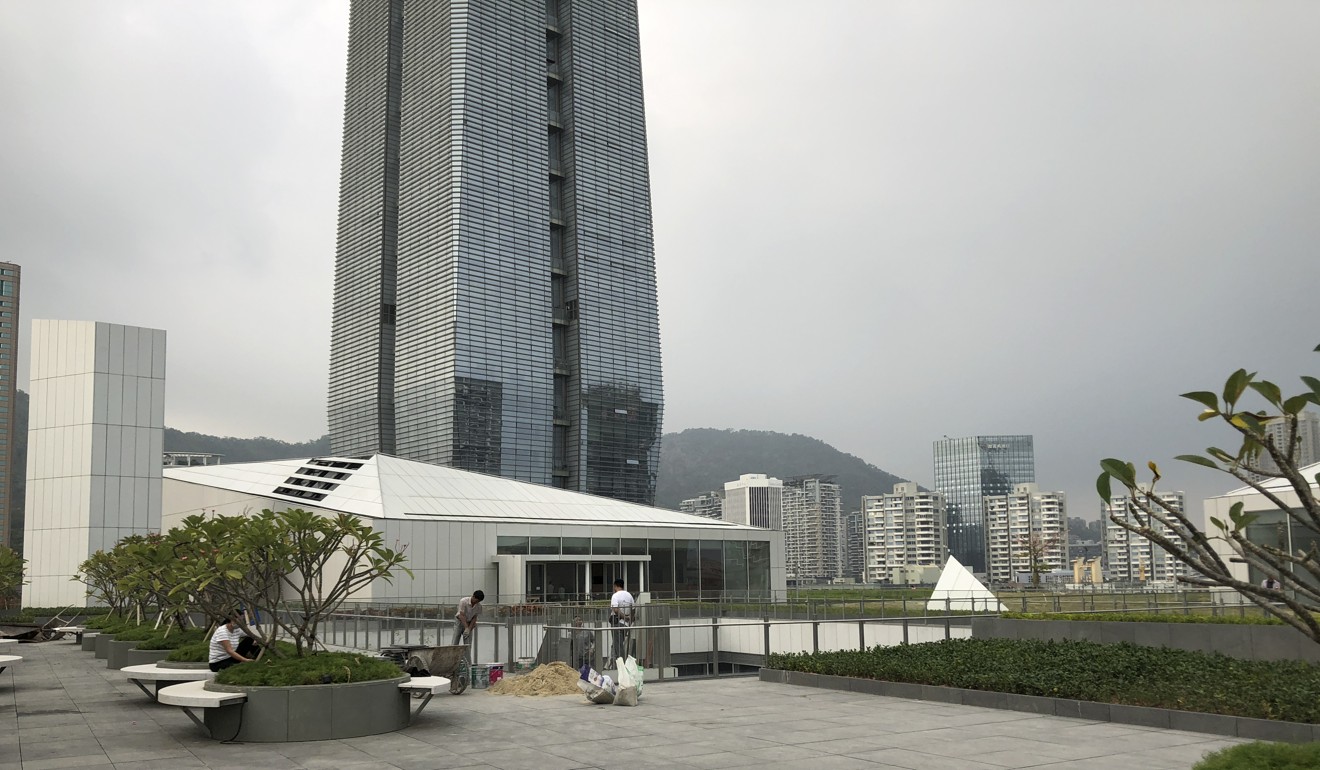
Is it, for example, just a typically Chinese cultural investment to push up property prices in the area? Nearby Shui Wan 1979, named for a now-vanished village in Shekou and the year Deng Xiaoping began China’s economic reform, is a luxury development where a four-bedroom flat is selling for 24.5 million yuan. Also, what happens when Hong Kong’s museum of visual culture, M+, with its extensive Asian design collection, research and programmes, opens in 2019? Will Design Society and M+ overlap, much as new cruise ship terminals in Shekou and Hong Kong do?
Still, whatever the future brings, the opening of Design Society unequivocally informs the world of Shenzhen’s ambitions, and that’s something to which Hong Kong should pay heed.
Getting there from Hong Kong
Take MTR East Rail Line to Lok Ma Chau, cross border at Futian checkpoint. Take Subway Line 4 three stops to Civic Centre, then Shekou line (Chiwan direction) 19 stops to Sea World.

